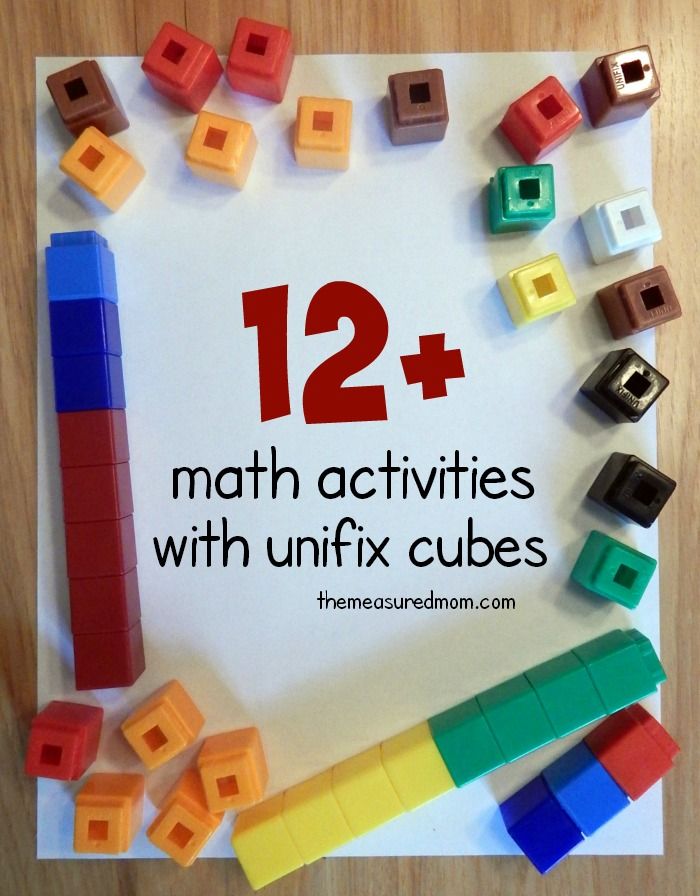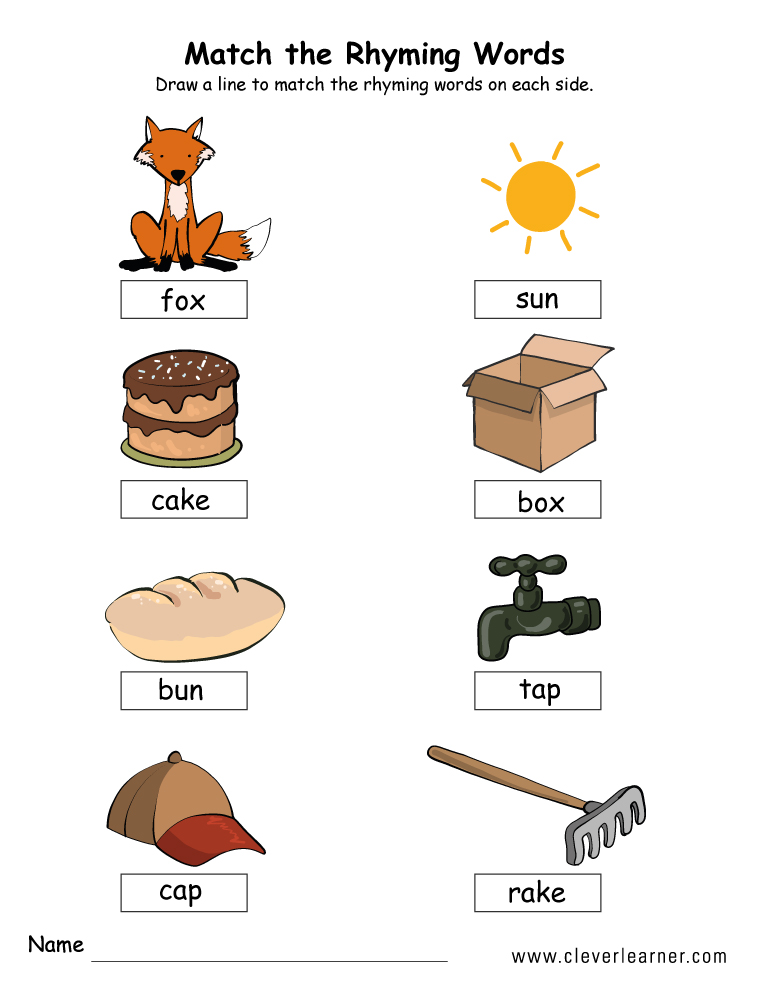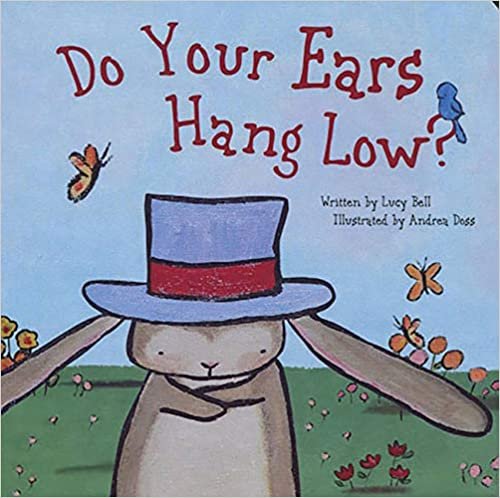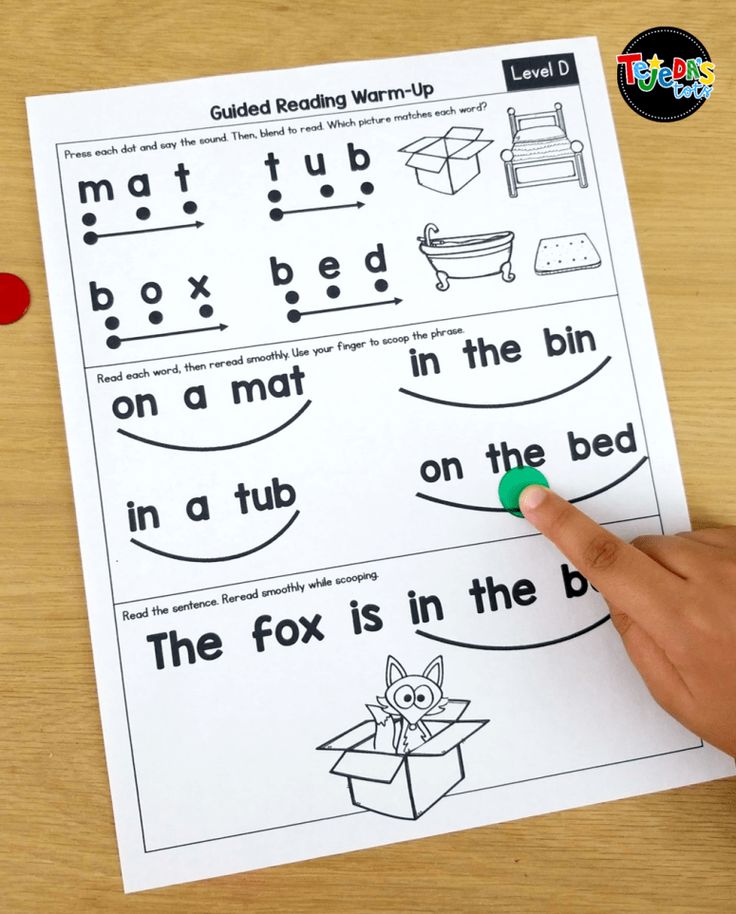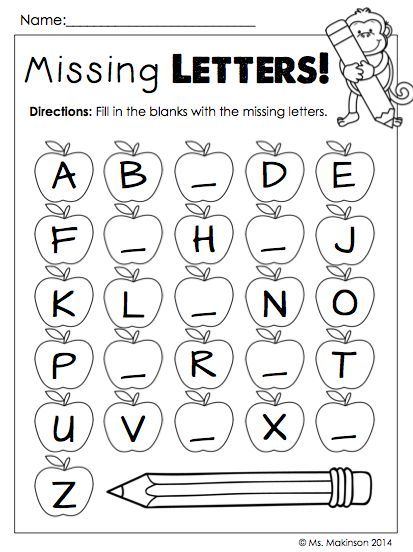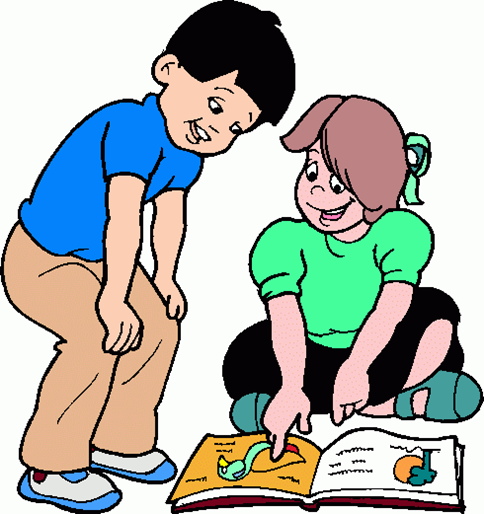How to level a reading book
How to Determine the Reading Level of a Book
This content contains affiliate links. When you buy through these links, we may earn an affiliate commission.
Fountas and Pinnell, Lexile Level, Primer, Pre-primer, Beginning Reader are all terms you may have heard if you have a young reader in your house. Seriously, what does it all mean? Is there actually a way how to determine the reading level of a book? If your child can read The Cat in Hat, which is a level J in Guided Reading, can she independently tackle Diary of a Worm, which has a Lexile Level of 510L or is she ready for Keena Ford and the Second Grade Mix-Up, even though that one has a DRA of 30?
Through this post, I am going to attempt to elucidate and explain reading levels. So scroll through to find the system that your child’s teacher uses or pour yourself a large cup of coffee and sift through all of the various ways educators, librarians, and book publishers level and categorize books for young readers.
Reading Levels Are Like Starbucks Sizes
I admit, I don’t visit Starbucks unless I have a gift card. I am also that person who goes to Starbucks and still tries to order a large iced tea. The barista calmly asks if I would like a venti or a trenta and then explains that I need to choose between Passion Tango, Matcha Green, or Guava White Tea. Then comes the question of sweetened, unsweetened, or added lemonade.
For the young reader, finding a book that can be read independently can be as tricky as remembering all of the variables in a Starbucks order. Little readers who are not familiar with reading levels or taught to find a “good fit book” often go for books that are too easy and boring, too difficult and frustrating, or, like my kindergarten son, books that have too many unreadable Star Wars planet names like Kashyyyk. If a child knows her reading level, she can find books that contain sight words she knows, plot lines that are not too advanced, and vocabulary that is manageable.
Explain the Levels, Please
There are many different ways that books are leveled. Here are the three most popular methods for how to determine the reading level of a book.
Developmental
Children become readers by moving through different developmental reading stages. These stages range from the emergent pre-reader to the expert fluent reader. Typically, the emergent pre-reader is between six months and six years of age, while the expert fluent reader is 16 years and older. The developmental categories are broader categories than many of the other leveling systems.
Letter Levels
When I taught first and second grade, I found letter levels to be the most kid friendly way to organize a classroom library. If your child’s school levels books using Fountas and Pinnell, Reading A-Z, Scholastic Books, or Guided Reading Levels, then books will be leveled using a letter system. While it would be nice, these leveling systems do not always correlate. A book that is a Reading A-Z Level P, is not always a Level P using the Guided Reading Levels.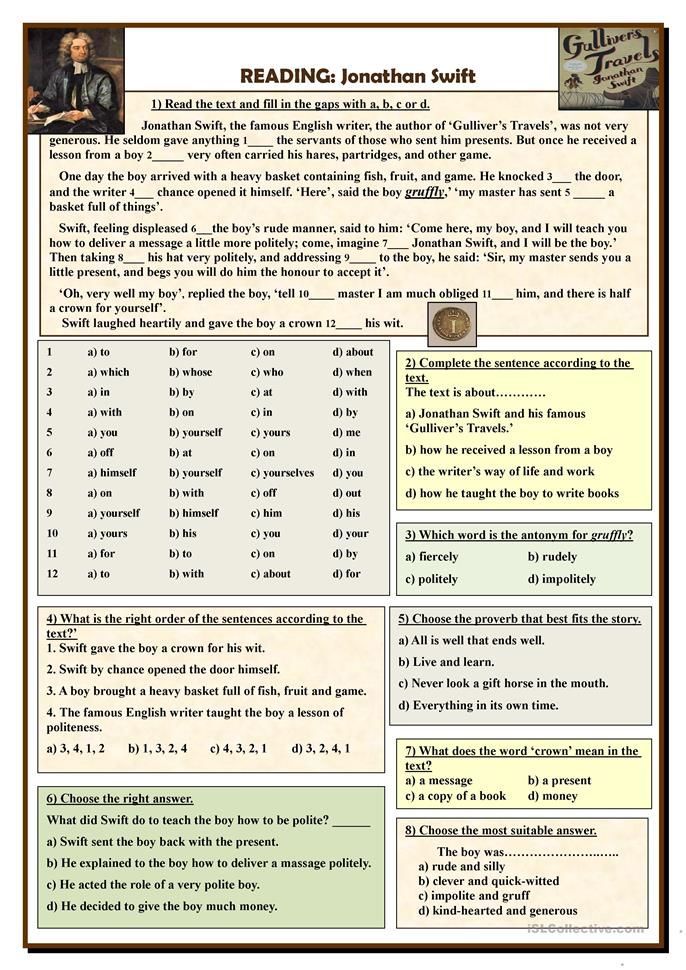
Number Levels
Books can be leveled through such systems as Lexile Numbers, The Direct Reading Assessment (DRA), and Reading Recovery. These systems measure texts by complexity and a reader’s skill level and then assign a number.
I Have My Child’s Reading Level, Now What?
Throughout the school year, your child’s teacher will probably perform reading inventories or assessments with your child. These will determine your child’s reading level.
If you homeschool or your child’s school does not use leveled reading, then use a simple test called the “five finger test” to roughly determine your child’s reading level. Have your child choose a book and open to the second page. Ask your little one to read the text out loud. If your child struggles with independently reading five or more words on that page, the book is too difficult and is not a good fit. You should also ask some comprehension questions to make sure that your young reader understands what she is reading.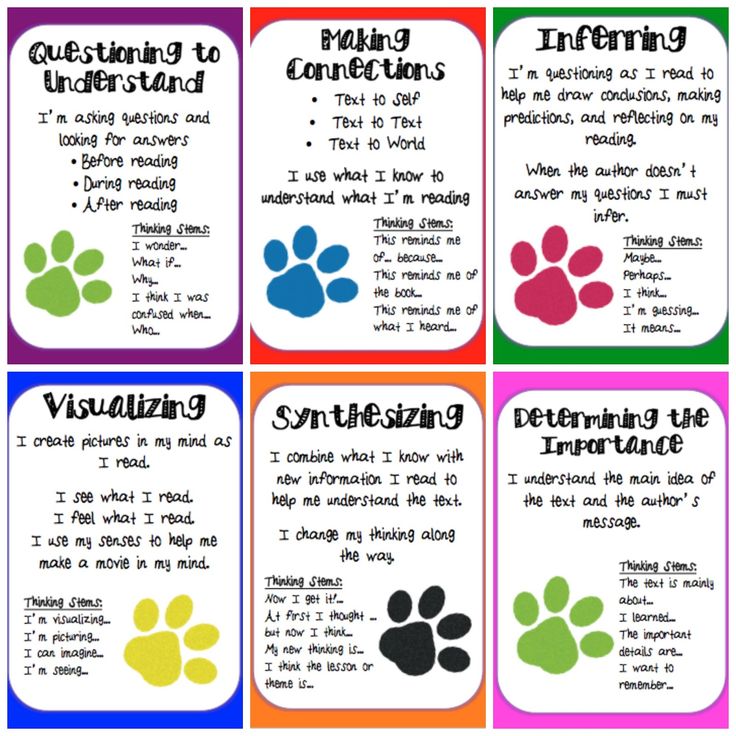 When a book passes the five finger test, use one of the links below to determine that book’s reading level.
When a book passes the five finger test, use one of the links below to determine that book’s reading level.
Once you have the reading level, take a look at these five helpful websites, apps, and charts that will help you and your child find or level the perfect book:
- Book Wizard : Type in the title of a book to retrieve the Guided Reading Level and grade level.
- Lexile Find-a-Book :Visit this site to find the Lexile Number for a specific book or to generate a list of books with a particular Lexile Number.
- Reading A-Z Level Correlation Chart : This is the best conversion chart out there for reading levels.
- Reading Levels Explained : Check out this very clean and user friendly site if you are still feeling overwhelmed by all of the reading level systems.
- Literacy Leveler app : Download this app and then use it to scan a book’s ISBN to see its Lexile, DRA, and GRL.
Levels Should be Helpful, Not Stressful
Reading levels should not feel restrictive.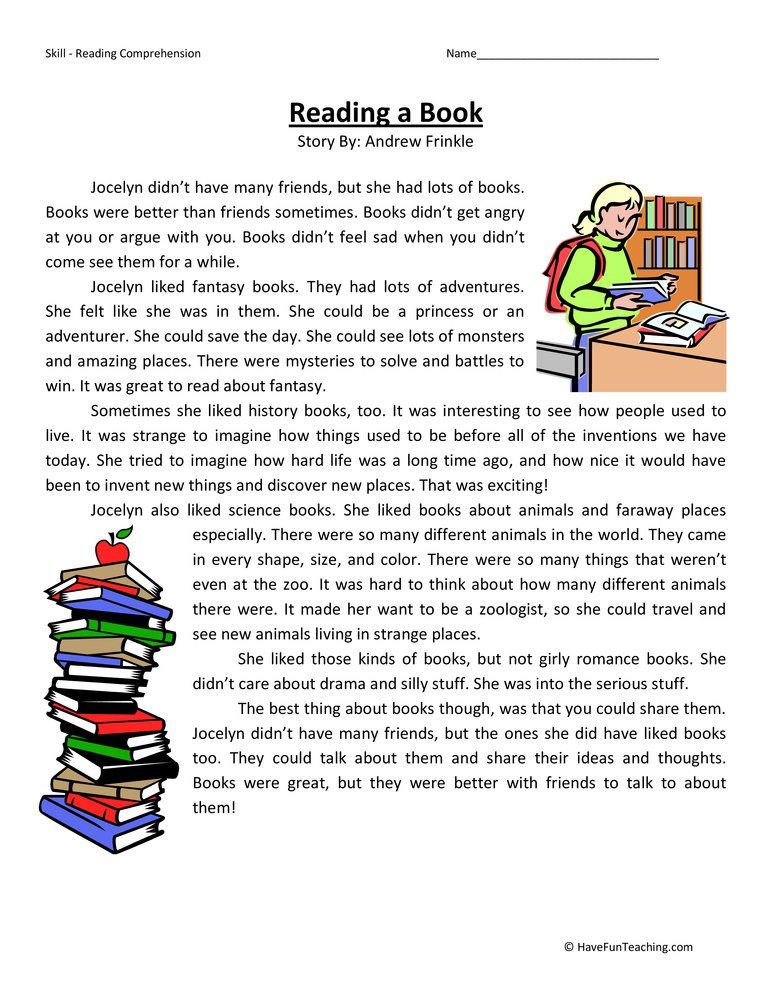 They should be used as helpful tools and not as a draconian system that kills the love of reading. Encourage your child to read books on her level, but don’t be upset if she chooses to reread an old favorite or picks up a nonfiction book that has some advanced vocabulary. Imagine how horrible it would be if adults had to always adhere to a reading level. I am well aware of the fact that some of my beach reads are probably a fourth grade reading level, with a Guided Reading Level of Q, 820L, and DRA of 40. I may not always be challenged as a reader, but it is still fun to sip my trenta Passion Tango unsweetened iced tea and enjoy a book simply for the fun of reading.
They should be used as helpful tools and not as a draconian system that kills the love of reading. Encourage your child to read books on her level, but don’t be upset if she chooses to reread an old favorite or picks up a nonfiction book that has some advanced vocabulary. Imagine how horrible it would be if adults had to always adhere to a reading level. I am well aware of the fact that some of my beach reads are probably a fourth grade reading level, with a Guided Reading Level of Q, 820L, and DRA of 40. I may not always be challenged as a reader, but it is still fun to sip my trenta Passion Tango unsweetened iced tea and enjoy a book simply for the fun of reading.
Need some books to practice leveling? Help yourself to 50 Must-Read Books for Beginning Readers, 20 Must-Read Books for First Graders and Second Graders, The Best Chapter Books for Kids: Engaging with Words, and 70 Must-Read Books for 3rd Graders.
How to Level Books in 2 Easy Steps
by Lisa
Learn how to level books the easy way for your classroom library, home library, or school library.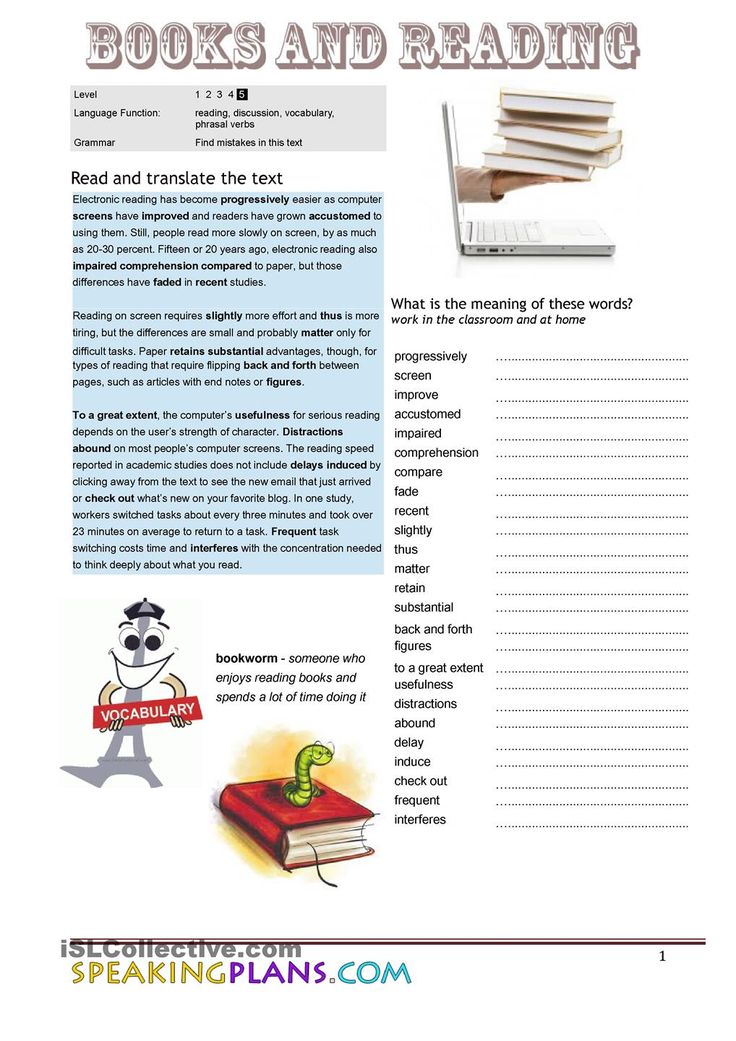 The simple system I use as a school librarian works for a variety of different book leveling systems. This article will show you how to level books for Fountas and Pinnell, how to level books by Lexile score, and how to level books by DRA (Developmental Reading Assessment) level. If you need to level books for guided reading, you’re in the right place. How do you level a children’s book? Read on to learn how to level books quickly and easily for free.
The simple system I use as a school librarian works for a variety of different book leveling systems. This article will show you how to level books for Fountas and Pinnell, how to level books by Lexile score, and how to level books by DRA (Developmental Reading Assessment) level. If you need to level books for guided reading, you’re in the right place. How do you level a children’s book? Read on to learn how to level books quickly and easily for free.
Table of Contents
My Book Leveling Backstory
In the library, I sometimes get asked about the reading level of a certain book. Although I can look it up, I don’t place a big emphasis upon a particular book’s reading level. I always hope that kids will choose to read what interests them. However, knowing the reading level of a book does have its place. Maybe a classroom teacher needs to add some books to a leveled classroom library, or maybe a homeschooling parent wants to know for assessment purposes. Perhaps a student is just curious.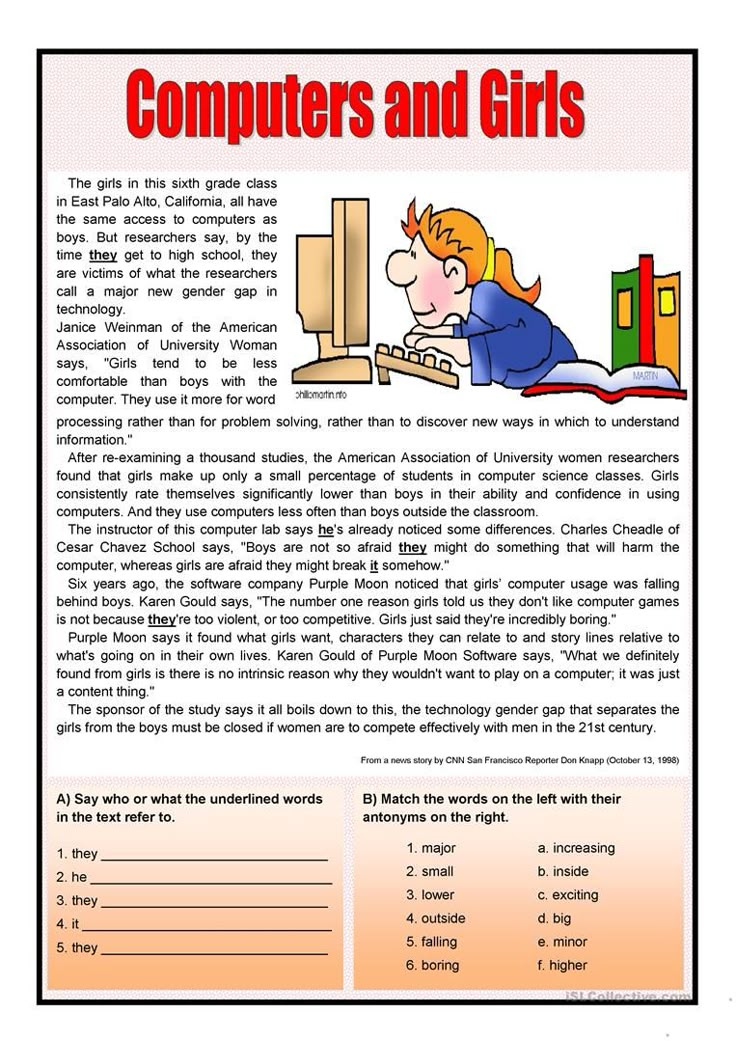 Here’s my favorite free way to level books quickly and easily.
Here’s my favorite free way to level books quickly and easily.
***Disclaimer: This post contains affiliate links, which means as an Amazon Associate I earn from qualifying purchases at no additional cost to you.*** Already know what you’d like to get from Amazon? Here’s a handy way to get to the website, linked to one of my favorite books for teachers to get kids excited about reading. Just click on the link, then browse around and do your shopping.
Take Me To Amazon!
Level Books Quickly Step 1:
You may be asking, “How classroom library?” Here’s the first step. Go to the Accelerated Reader Bookfinder site and type in the title, author or topic of the book you are trying to find information about. Chances are quite good that your book will be in the vast database of titles. Once you have the result, look for the number to the right of the AR letters. For the book I looked up, Wish, by Barbara O’Connor, the number was 6.0.
What does that number mean? It means that, according to the readability formula used by the Accelerated Reader program, the book would be at an appropriate level for a student at the beginning of sixth grade.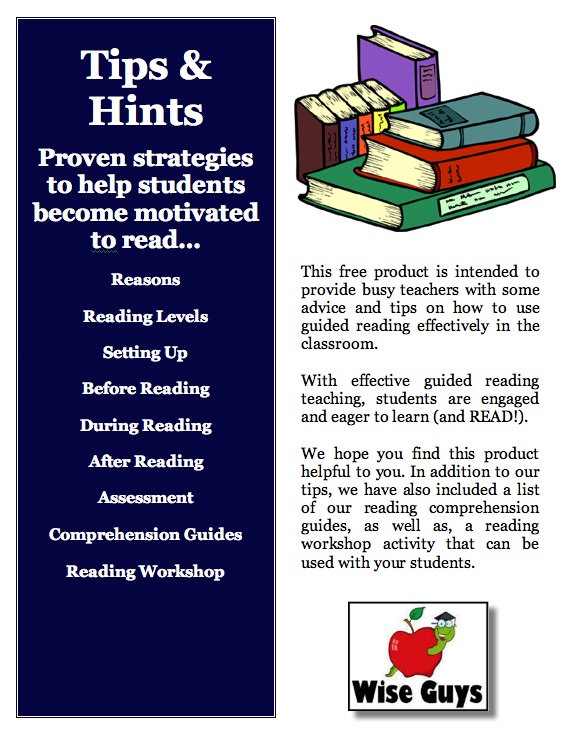 Of course, the actual reader may be in a higher or lower grade level. If a book has an AR level of 4.5, the number means the book is at a readability level suitable for someone in the fifth month of fourth grade.
Of course, the actual reader may be in a higher or lower grade level. If a book has an AR level of 4.5, the number means the book is at a readability level suitable for someone in the fifth month of fourth grade.
Level Books Quickly Step 2:
If you are just interested in knowing the grade level of a book, you could stop there. However, many school districts use other reading levels to measure progress. One type of leveling model is the DRA (Developmental Reading Assessment). Another book leveling model is the Lexile score. Some teachers, homeschool parents or students may want to know the DRA level or Lexile score of a book. What if you want to level books for Fountas and Pinnell? How do you find a book’s guided reading level? For each of these queries, all you need to do is access a conversion chart, or book level chart. This is the best one I’ve found. Use the chart to convert the AR level to your desired book system level. There you go! You just learned my favorite free way to level books quickly and easily. Using these two free book leveling websites or tools, you can level many books in a short amount of time.
Using these two free book leveling websites or tools, you can level many books in a short amount of time.
Have a Ton of Books to Level?
What if you are a brand new classroom teacher and have a whole classroom library of books to level? What if you are a school librarian who has just been asked by your principal to level all of the books in the library? (It has happened before.) Is there an app to level books? Good news! There is a free app called QuickScan Book Leveler. The downside is that it’s only available right now for an iPhone or iPad. It also only provides the AR level and Lexile score. If that is all you need, then you’re set.
There is another app you could use called Level It Books. It’s not free, but it’s only $4.99. The app is available for both iOS and Android devices on their respective app stores. This app allows the user to quickly view a book’s Lexile, guided reading level, grade level equivalent, and DRA level, if desired. When used with a barcode scanner to scan each book’s ISBN, the leveling process is sped up substantially.
Is Book Leveling in Your Future?
Are you going to have a need to level some books anytime soon? Do you suddenly feel like raiding your bookshelf and visiting the AR website just to satisfy your curiosity? If that’s the case, I hope this post will help you find the book levels you are seeking. Have a fantastic week, and thanks for visiting the BookAndTechTips site.
Related Posts:
- Incredible Kindness Books for Kids
- Inspiring Technology Books for Kids
- Awesome Summer Reading Programs
- Helping Reluctant Readers: An Engaging Resource
- Free Ebook Site For Kids Offers Home Access
- The Best Free eBook Deal For Kids and Teachers
- Best Valentine Books for Kids
Lisa Mitchell is a school librarian who likes to use her job as an excuse to stay up far too late reading books and noodling around with tech tools. To learn more about what this website has to offer, click on over to the About page or the Book Tips page. .
.
How to learn to read 3 times faster in 20 minutes
October 6, 2020 Education
Take the book and check the effect for yourself right now.
Iya Zorina
Lifehacker author, athlete, CCM
Background: "Project PX"
Back in 1998, Princeton University hosted a seminar called "Project PX" (Project PX), dedicated to high reading speed. This article is an excerpt from that seminar and personal experience of speeding up reading. nine0003
So, "Project PX" is a three-hour cognitive experiment that allows you to increase your reading speed by 386%. It was conducted on people who spoke five languages, and even dyslexics were trained to read up to 3,000 words of technical text per minute, 10 pages of text. Page in 6 seconds.
For comparison, the average reading speed in the US is between 200 and 300 words per minute. We have in connection with the peculiarities of the language - from 120 to 180.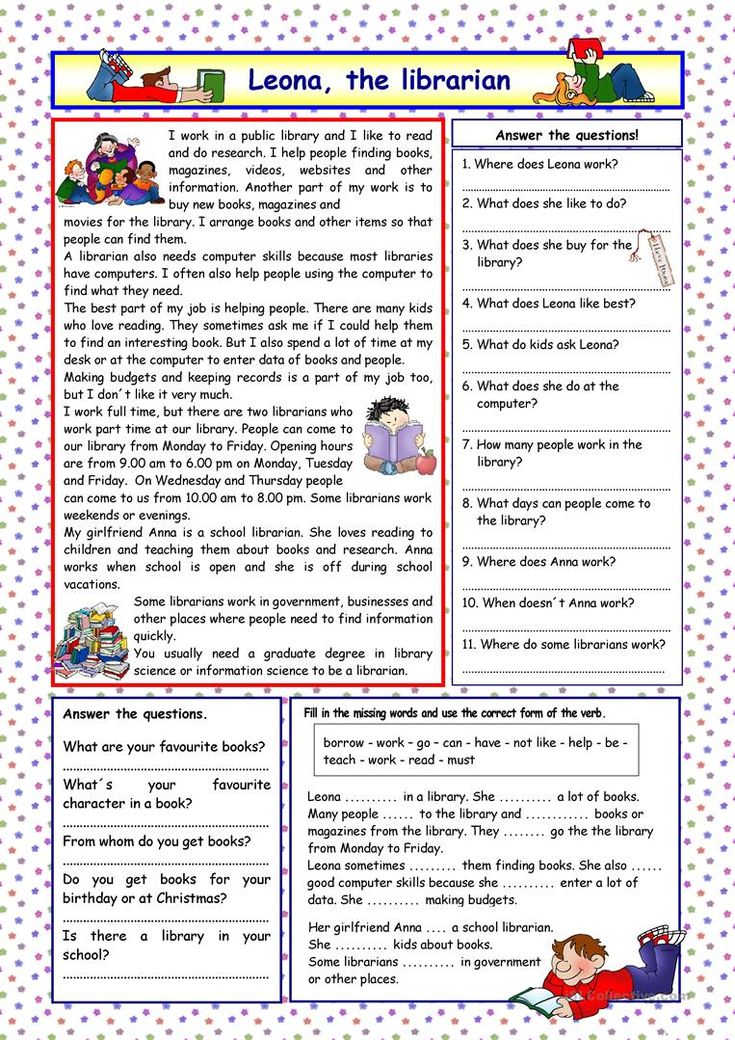 And you can easily increase your performance to 700-900 words per minute.
And you can easily increase your performance to 700-900 words per minute.
All that is needed is to understand the principles of human vision, what time is wasted in the process of reading and how to stop wasting it. When we analyze the mistakes and practice not making them, you will read several times faster and not mindlessly running your eyes, but perceiving and remembering all the information you read.
Preparation
For our experiment you will need:
- a book of at least 200 pages;
- pen or pencil;
- timer.
The book should lie in front of you without closing (press the pages if it tries to close without support).
Find a book that you don't have to hold so that it doesn't closeYou will need at least 20 minutes for one exercise session. Make sure that no one distracts you during this time.
Helpful Hints
Before jumping straight into the exercises, here are a few quick tips to help you speed up your reading.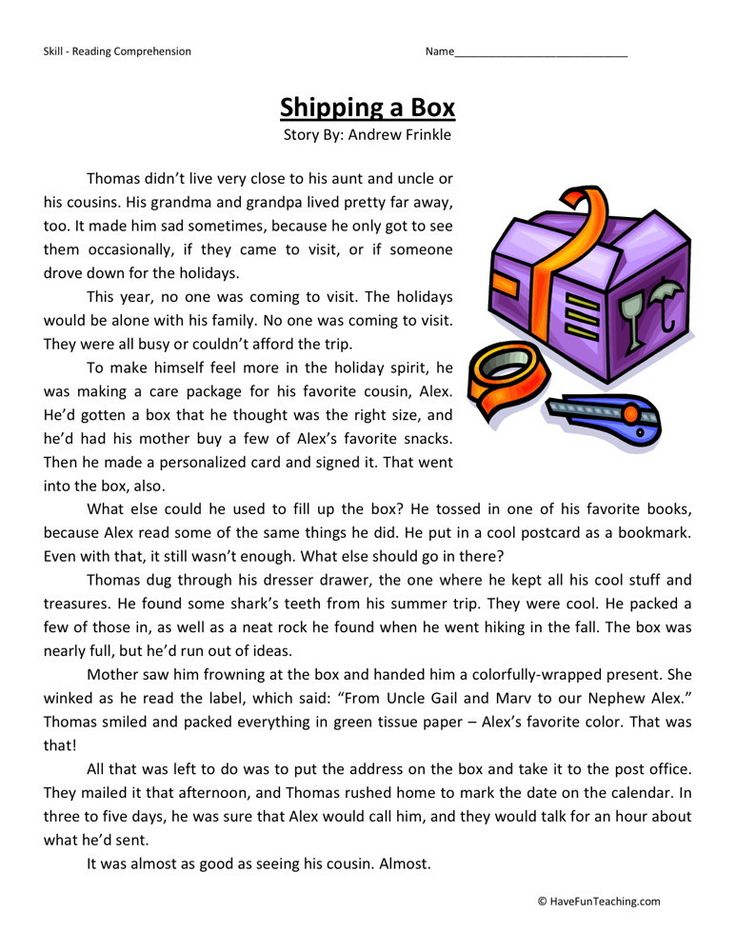 nine0003
nine0003
1. Make as few stops as possible when reading a line of text
When we read, the eyes move through the text not smoothly, but in jumps. Each such jump ends with fixing your attention on a part of the text or stopping your gaze at areas of about a quarter of a page, as if you are taking a picture of this part of the sheet.
Each eye stop on the text lasts ¼ to ½ second.
To feel this, close one eye and lightly press the eyelid with the tip of your finger, and with the other eye try to slowly slide over the line of text. Jumps become even more obvious if you slide not in letters, but simply in a straight horizontal line:
How do you feel?
2. Try to go back as little as possible through the text
A person who reads at an average pace quite often goes back to reread a missed moment. This can happen consciously or unconsciously. In the latter case, the subconscious itself returns its eyes to the place in the text where concentration was lost.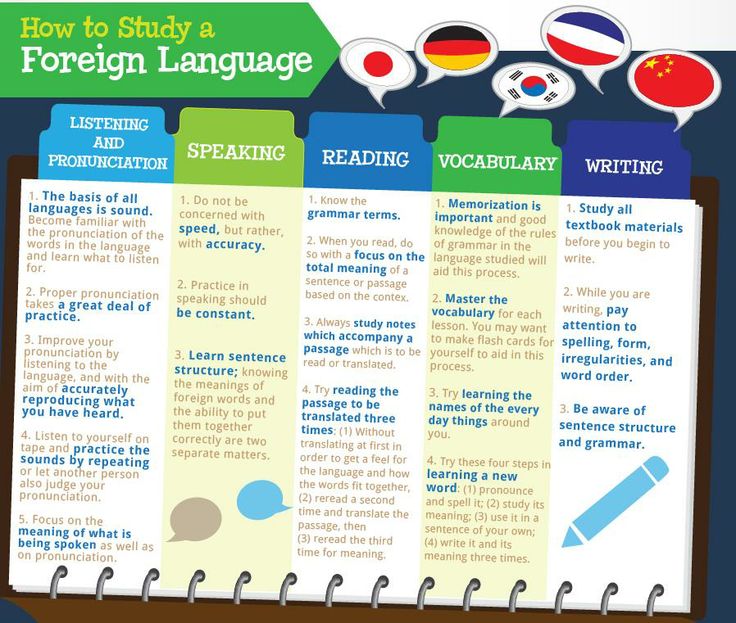
On average, conscious and unconscious returns take up to 30% of the time.
3. Improve concentration to increase coverage of words read in one stop
People with an average reading speed use a central focus rather than horizontal peripheral vision. Due to this, they perceive half as many words in one jump of vision.
4. Practice Skills Separately
The exercises are different and you don't have to try to combine them into one. For example, if you are practicing reading speed, don't worry about text comprehension. You will progress through three stages in sequence: learning technique, applying technique to increase speed, and reading comprehension. nine0003
Rule of thumb: Practice your technique at three times your desired reading speed. For example, if your current reading speed is somewhere around 150 words per minute, and you want to read 300, you need to practice reading 900 words per minute.
Exercises
1.
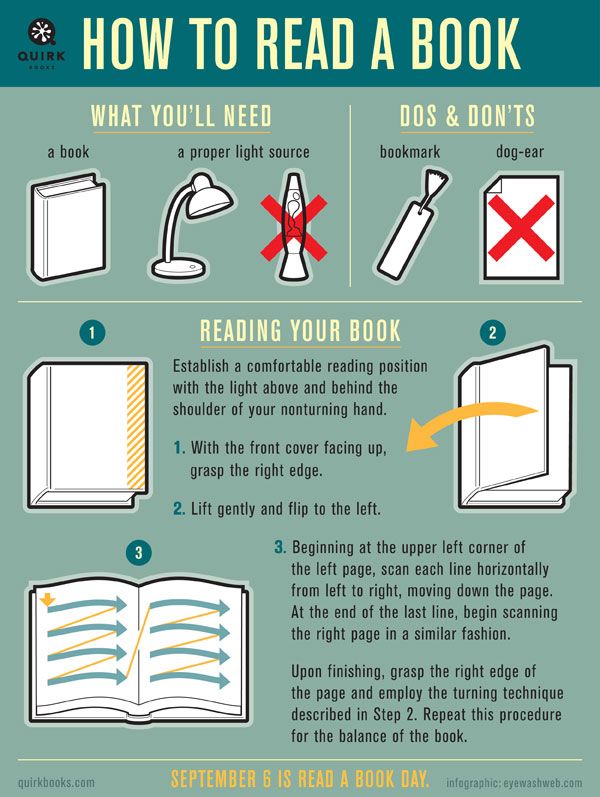 Determination of the initial reading speed
Determination of the initial reading speed Now you have to count the number of words and lines in the book that you have chosen for training. We will calculate the approximate number of words, since calculating the exact value will be too dreary and time consuming. nine0003
First, we count how many words fit in five lines of text, divide this number by five and round it up. I counted 40 words in five lines: 40 : 5 = 8 - an average of eight words per line.
Next, we count the number of lines on five pages of the book and divide the resulting number by five. I got 194 lines, I rounded up to 39 lines per page: 195 : 5 = 39.
And the last thing: we count how many words fit on the page. To do this, we multiply the average number of lines by the average number of words per line: 39× 8 = 312.
Now is the time to find out your reading speed. We set a timer for 1 minute and read the text, calmly and slowly, as you usually do.
How much did it turn out? I have a little more than a page - 328 words.
2. Landmark and speed
As I wrote above, going back through the text and stopping the gaze take a lot of time. But you can easily cut them down with a focus tracking tool. A pen, pencil or even your finger will serve as such a tool. nine0003
Technique (2 minutes)
Practice using a pen or pencil to maintain focus. Move the pencil smoothly under the line you are currently reading and concentrate on where the tip of the pencil is now.
Lead with the tip of the pencil along the linesSet the pace with the tip of the pencil and follow it with your eyes, keeping up with stops and returns through the text. And don't worry about understanding, it's a speed exercise.
Try to go through each line in 1 second and increase the speed with each page.
Do not stay on one line for more than 1 second under any circumstances, even if you do not understand what the text is about.
With this technique, I was able to read 936 words in 2 minutes, so 460 words per minute. Interestingly, when you follow with a pen or pencil, it seems that your vision is ahead of the pencil and you read faster. And when you try to remove it, immediately your vision seems to spread out over the page, as if the focus was released and it began to float all over the sheet. nine0003
Interestingly, when you follow with a pen or pencil, it seems that your vision is ahead of the pencil and you read faster. And when you try to remove it, immediately your vision seems to spread out over the page, as if the focus was released and it began to float all over the sheet. nine0003
Speed (3 minutes)
Repeat the tracker technique, but allow no more than half a second to read each line (read two lines of text in the time it takes to say "twenty-two").
You probably won't understand anything you read, but that doesn't matter. Now you are training your perceptual reflexes, and these exercises help you adapt to the system. Do not slow down for 3 minutes. Concentrate on the tip of your pen and the technique for increasing speed. nine0003
In the 3 minutes of this frenetic race, I read five pages and 14 lines, averaging 586 words per minute. The hardest part of this exercise is not to slow down the speed of the pencil. It's a real block: you've been reading all your life to understand what you're reading, and it's not easy to let go of that.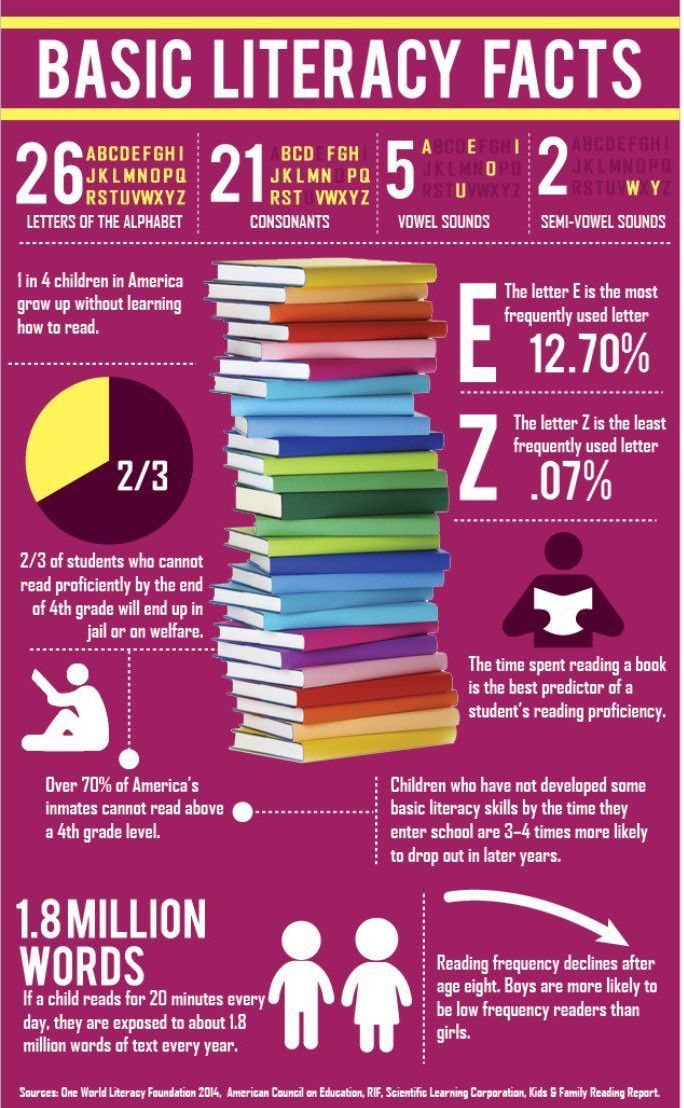
Thoughts cling to the lines in an effort to return to understand what it is about, and the pencil also begins to slow down. It is also difficult to maintain concentration on such useless reading, the brain gives up, and thoughts fly away to hell, which is also reflected in the speed of the pencil. nine0003
3. Expanding the area of perception
When you concentrate your eyes on the center of the monitor, you still see its outer areas. So it is with the text: you concentrate on one word, and you see several words surrounding it.
Now, the more words you learn to see in this way with your peripheral vision, the faster you can read. The expanded area of perception allows you to increase the speed of reading by 300%.
Beginners with a normal reading speed spend their peripheral vision on the fields, that is, they run their eyes through the letters of absolutely all the words of the text, from the first to the last. At the same time, peripheral vision is spent on empty fields, and a person loses from 25 to 50% of the time.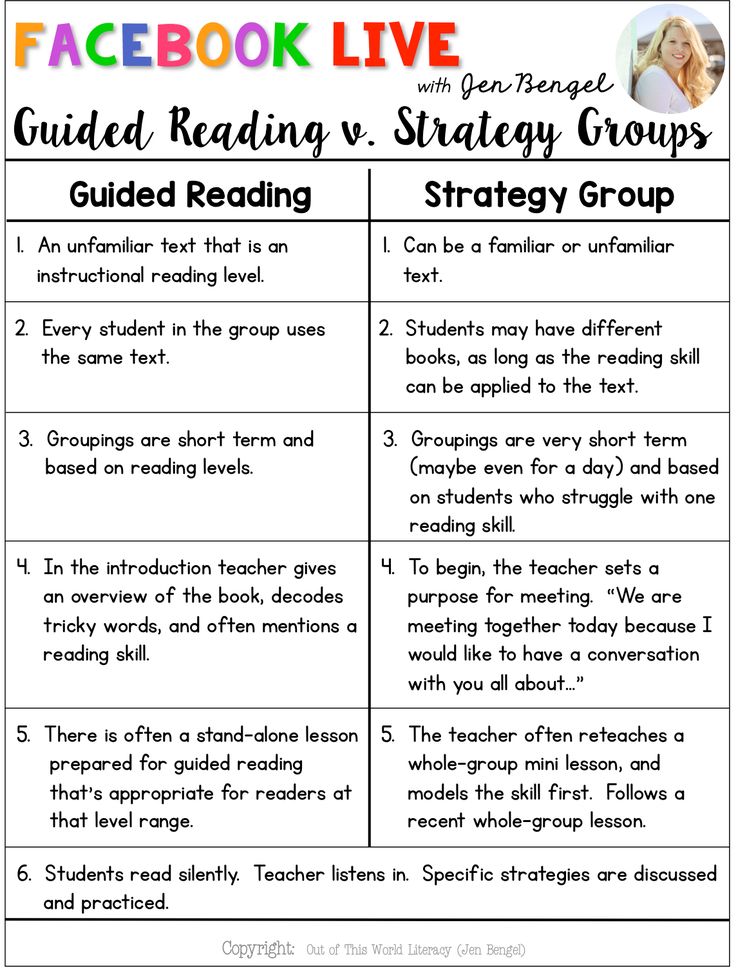 nine0003
nine0003
A boosted reader will not "read the fields". He will run his eyes over only a few words from the sentence, and see the rest with peripheral vision. In the illustration below, you see an approximate picture of the concentration of vision of an experienced reader: words in the center are read, and foggy ones are marked by peripheral vision.
Focus on central wordsHere is an example. Read this sentence:
The students once enjoyed reading for four hours straight.
If you start reading with the word "students" and end with "reading," you save time reading as many as five words out of eight! And this reduces the time for reading this sentence by more than half. nine0003
Technique (1 minute)
Use a pencil to read as fast as possible: start with the first word of the line and end with the last. That is, no expansion of the area of perception yet - just repeat exercise No. 1, but spend no more than 1 second on each line. Under no circumstances should one line take more than 1 second.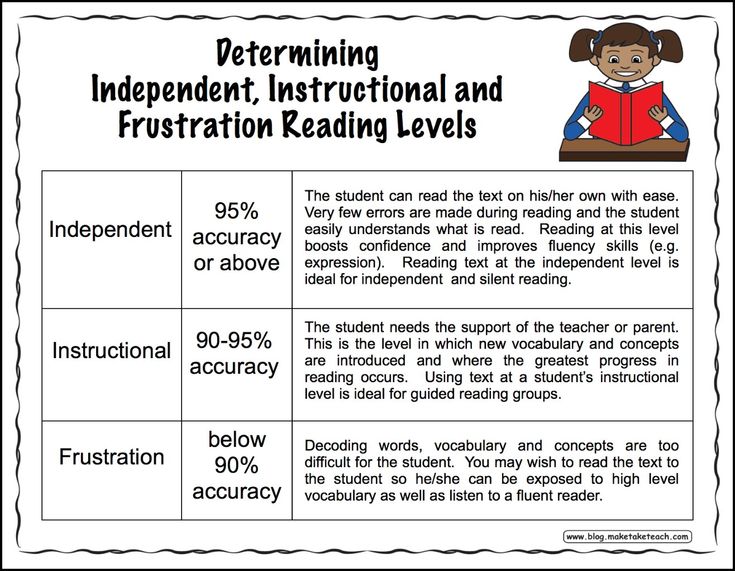
Technique (1 minute)
Continue to pace the reading with a pen or pencil, but start reading from the second word of the line and end the line two words before the end. nine0003
Speed (3 minutes)
Start reading at the third word of the line and finish three words before the end, while moving your pencil at the speed of one line per half second (two lines in the time it takes to say "twenty-two" ).
If you don't understand anything you read, that's okay. Now you are training your reflexes of perception, and you should not worry about understanding. Concentrate on the exercise with all your might and don't let your mind drift away from an uninteresting activity. nine0003
4. Testing your new reading speed
Now it's time to test your new reading speed. Set a timer for 1 minute and read as fast as you can while still understanding the text. I got 720 words per minute - twice as fast as before I started using this technique.
These are great figures, but they are not surprising, because you yourself begin to notice how the scope of words has expanded. You don’t waste time on fields, you don’t go back through the text, and the speed increases significantly. nine0003
You don’t waste time on fields, you don’t go back through the text, and the speed increases significantly. nine0003
If you've tried this technique right now, share your success in the comments. How many words per minute did you get before and after?
Read also 📚🤓📖
- What prevents us from reading faster and how to deal with it
- How to read one book a day
- How to teach your child to read: important rules and effective techniques
*Activity of Meta Platforms Inc. and its social networks Facebook and Instagram are prohibited in the territory of the Russian Federation.
How to double your reading speed in a couple of weeks / Sudo Null IT News0001
Speed reading is an important skill in today's fast paced world. If you want to achieve outstanding results in your career or in the study of the sciences, you will have to read a large amount of literature, both technical and fiction. In order to absorb large amounts of information, you need to be able to read quickly.
In order to absorb large amounts of information, you need to be able to read quickly.
At the moment, there are a large number of techniques for studying speed reading, all of them have the right to exist. Some are based on serious scientific research, and some, on the contrary, are more like intuitive research. For each person this or that technique is suitable, it is difficult to say which one is exactly right for you. nine0003
When a person is aware of the problem of low reading speed, he begins to look for information on this topic on the Internet, books, ask friends and acquaintances. After some time, if this idea is not boring, a certain understanding of speed reading techniques begins to take shape, and then it is important to start applying them.
The simplest techniques that are guaranteed to help you increase your reading speed are nothing complicated. These are just a few exercises that need to be repeated for a while. It's very similar to learning touch typing on a keyboard.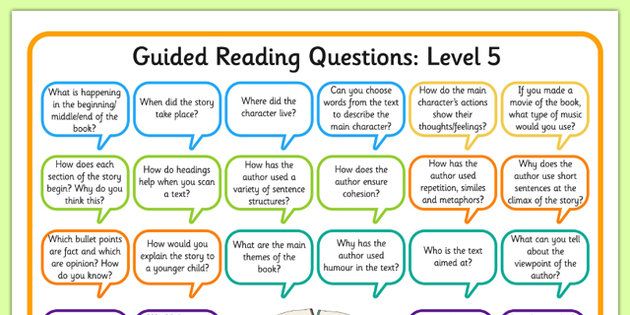 You need to do exercises for 15-20 minutes a day and in a couple of weeks you can reach a fairly high speed. nine0003
You need to do exercises for 15-20 minutes a day and in a couple of weeks you can reach a fairly high speed. nine0003
Most readers encounter the classic error that consumes 30% of their reading time. This is a return to the already read text. When it seems to us that we have not caught a thought well, or have been distracted by an external thought, we go back and read a piece of text again.
Focus Training Technique
In order to cope with the return to the read text, it is necessary to keep the focus on the place of reading. To do this, you can use the technique of tracking reading. You need to take a pencil and start to drive it along the line while reading. The focus should always be on the pencil, you can not go back to the read text. At first, this is a difficult task to overcome, but over time it will get better and better. nine0003
Speed Up Technique
To increase your reading speed, you need to train this skill like any other.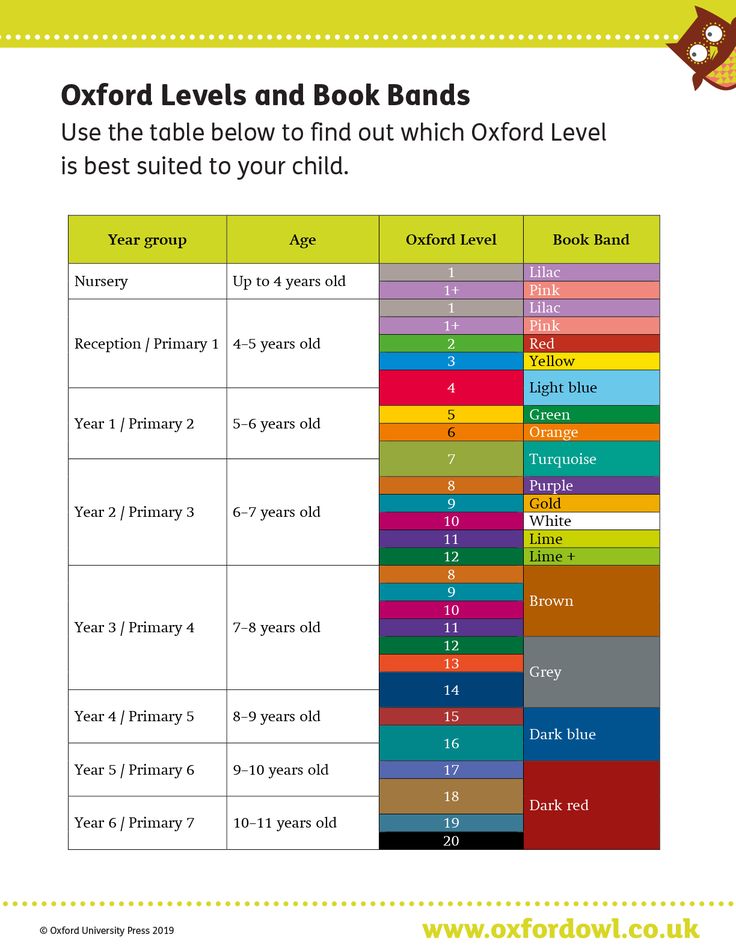 For speed training, you need to read very quickly. Approximately 3 times faster than the desired reading speed. For example, you read at 200 words per minute, but you want to increase this value to 300 words per minute. Then in the speed exercise you need to read 900 words per minute. No need to worry about the fact that you do not remember anything and do not understand - this is speed training. And it's important not to forget the pencil, which keeps you from going back while reading. nine0003
For speed training, you need to read very quickly. Approximately 3 times faster than the desired reading speed. For example, you read at 200 words per minute, but you want to increase this value to 300 words per minute. Then in the speed exercise you need to read 900 words per minute. No need to worry about the fact that you do not remember anything and do not understand - this is speed training. And it's important not to forget the pencil, which keeps you from going back while reading. nine0003
Peripheral Vision Magnification Technique
In normal reading, which we were taught in school, a person reads all the words in a line. This allows you not to miss anything written in the text. But this is not always necessary to understand the meaning of the text. If you develop peripheral reading, then you can see not one word but several at one stop of focus on the text.
There are many different techniques for training peripheral reading, the most common is the Schulte tables.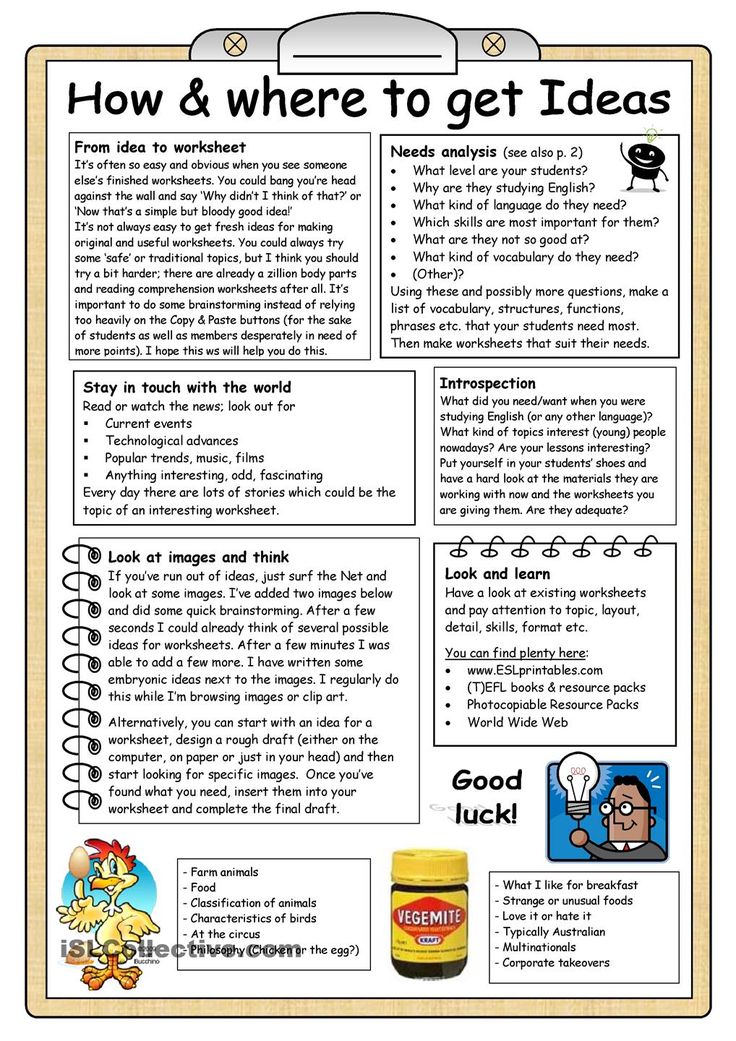 Returning to peripheral vision for reading, there is a simple exercise to increase reading speed. You need to read not all the words in the line, but skip a few words at the beginning and end of the line. This greatly increases speed, but does not greatly affect understanding. nine0003
Returning to peripheral vision for reading, there is a simple exercise to increase reading speed. You need to read not all the words in the line, but skip a few words at the beginning and end of the line. This greatly increases speed, but does not greatly affect understanding. nine0003
When reading at a high speed, you may encounter the effect of reading for the sake of reading, when you do not have time to assimilate information for its further application in life. To prevent this effect, it is necessary to take small pauses to comprehend the information. A few seconds after each paragraph is enough for its essence to be deposited in long-term memory.
If you read non-fiction or business literature, it's best to make a short summary of ideas or data from what you've read. Then you will be able to work with this information after reading the book and will not lose important data that can be applied in your field. Ideas can be presented in the form of a list or text in various editors, you can also use mind maps, which allow you to make multi-level lists that are easy to understand.



